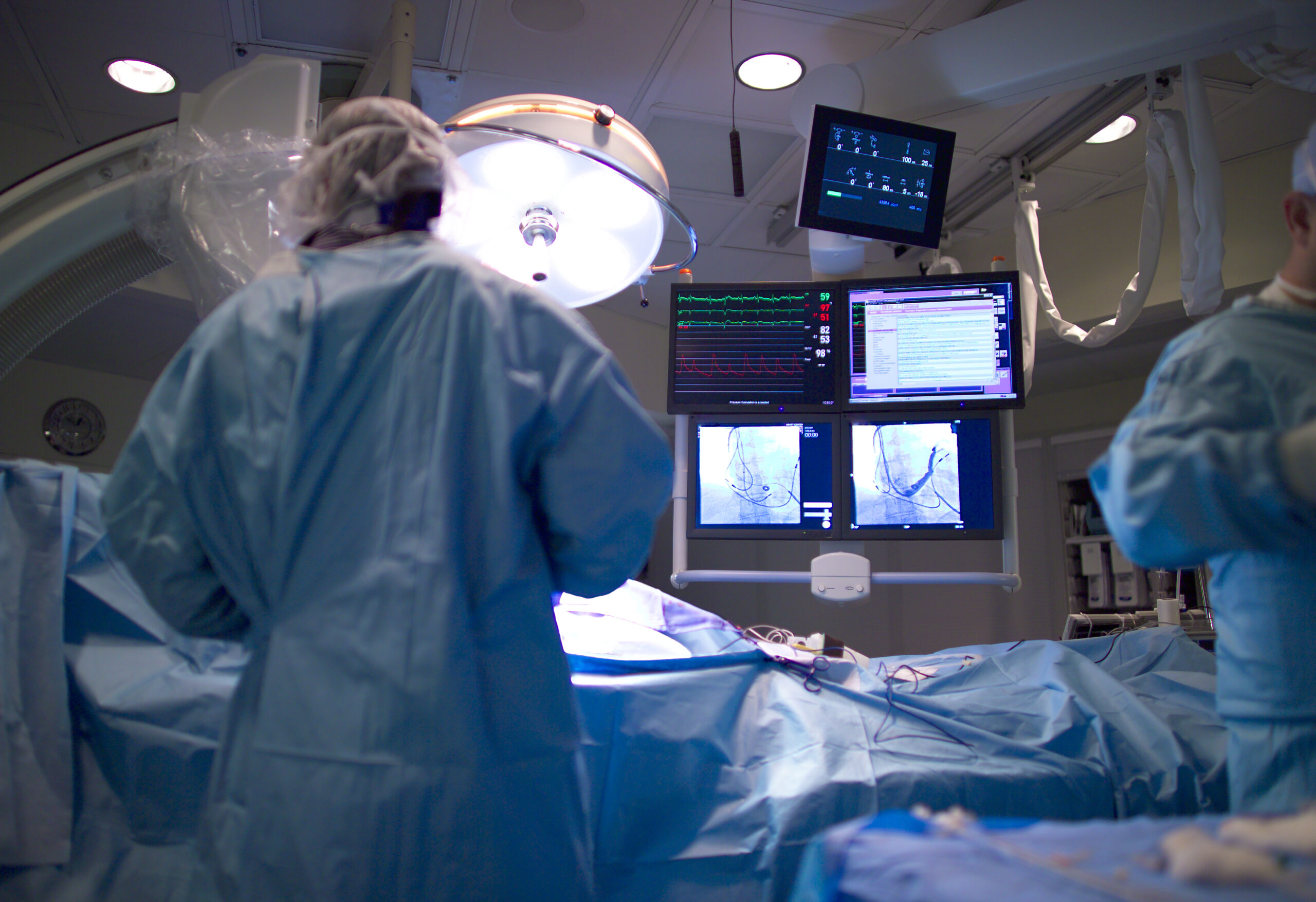Relocation is a daunting task for any organization, but particularly for laboratories in which expensive equipment must be kept operational throughout the move. The UK Environment Agency — a governmental body sponsored by the Department for Environment, Food & Rural Affairs — recently downsized from three facilities to two and found that working with a dedicated service provider helped make the process more efficient and sparked long-lasting change within the organization.
What can their experience teach us about lab relocation? Here are three important lessons from their experience that can help research organizations move laboratory equipment and minimize downtime during the process.
1. Relocating a Lab is More Challenging Than Moving an Office
Moving office equipment such as desks, chairs and computers is one thing; moving sensitive scientific equipment is quite another. Not only does it require careful handling during the relocation process, but equipment like liquid chromatography/mass spectrometry systems must be both properly set up and placed in the right location in the new lab. Scientific equipment is not quite as “plug and play” as a laptop.
Lab relocation must also consider the types of utilities and power supplies available at the destination site, along with the computer systems and networks needed to support the instruments. Chemical, reagent and sample transportation add another layer of complexity, particularly when specific storage conditions must be maintained before, during and after the move.
According to Agilent, a leader in lab relocation services, “If these aspects are not effectively planned and implemented during the move, you could be looking at more downtime than expected. At an average downtime cost of $9,000 per day per instrument that can quickly add up and meaningfully affect the economics of the move.”
Agilent’s CrossLab Enterprise Services division partnered with the UK Environment Agency to make their lab relocation process as data-driven and efficient as the agency’s own operations. Being a leading provider in laboratory instruments itself, Agilent is more equipped than most to handle the challenges of lab relocation.
2. Not all Lab Equipment Warrants a Move
Underperforming, or even out-of-commission, lab equipment can go unnoticed or unaddressed for months; a lab relocation offers the opportunity to assess the value of each piece of equipment to the overall productivity of a lab. But without any previous experience, it might not be immediately evident to staff exactly which metrics should be used to inventory their equipment.
CrossLab Enterprise Services was able to help the UK Environment Agency decide which instruments to relocate, remove or sell. They accomplished this using digital laboratory analytics, which took into account instrument utilization metrics, repair statistics and end-of-guaranteed support information to help the staff make data-driven decisions about each piece of equipment.
Since the relocation required the UK Environment Agency to eliminate one-third of all its instruments, Agilent’s process was invaluable to make sure the right pieces of equipment were retained. Employing the analytics system also allowed the agency to remain as operational as possible throughout the move, minimizing downtime.
The UK Environmental Agency also benefited from Agilent’s ability to buy-back instruments, freeing up capital to invest in newer equipment. By eliminating the need to relocate and service equipment that was not used as often but had a higher risk score, the agency was able to upgrade their liquid chromatography/mass spectrometry systems and increase their output.
3. A Well-Executed Lab Relocation is The Gift That Keeps on Giving
While the end goal of any lab relocation is the successful set-up of a well-designed and ergonomic lab, the usefulness of a digital laboratory analytics system established during a move can be extended for years afterward.
In the case of the UK Environment Agency, in addition to data collected on instrument utilization through the risk scorecard — which takes into account repairs on machinery and warranty periods coming to an end — the system continued to be useful even after the relocation was complete.
This type of laboratory intelligence will help the agency make smart decisions about decommissioning or selling instruments in the future, helping to improve financial outlooks and the scientific capabilities of the lab. The procurement process can be streamlined by using this data-centric methodology to identify equipment that should be prioritized for replacement within current budget constraints.
Andy Fegan of the UK Environment Agency said that Agilent’s services helped to “increase their capacity as a valuable revenue stream for the Agency whilst under cost restrictions by the UK government.”
Lab relocation and downsizing will always be challenging but it doesn’t have to result in extended periods of downtime, equipment inefficiencies and lost productivity. With the support of a trusted service provider like Agilent’s CrossLab Enterprise Services, lab relocation can actually help improve operations in the long term.
This article was created in collaboration with the sponsoring company and the Xtalks editorial team.








Join or login to leave a comment
JOIN LOGIN